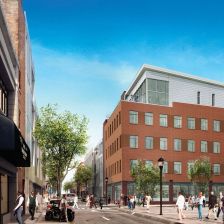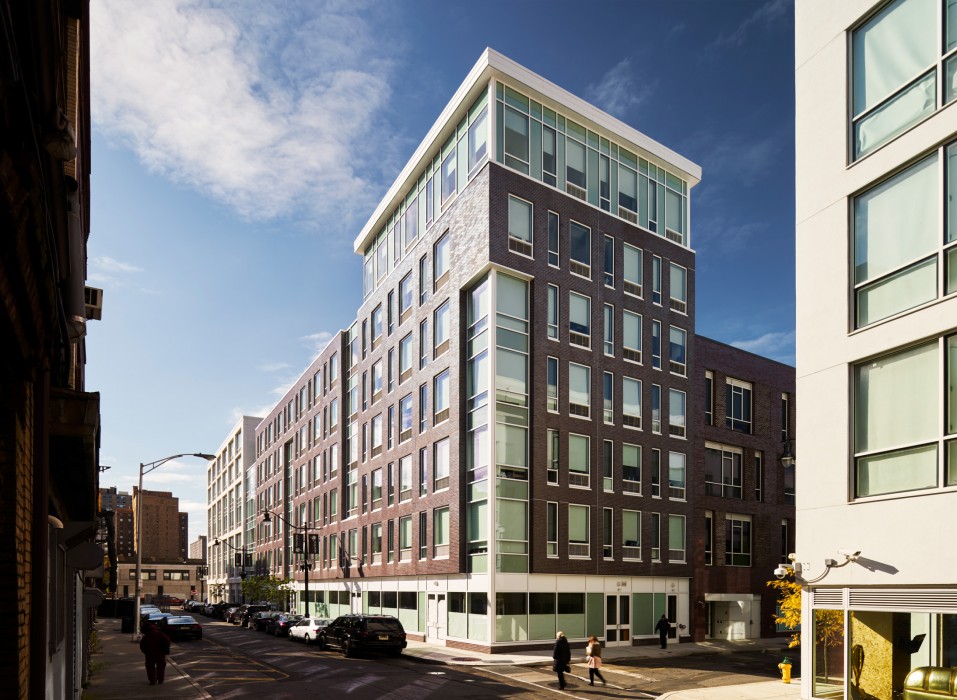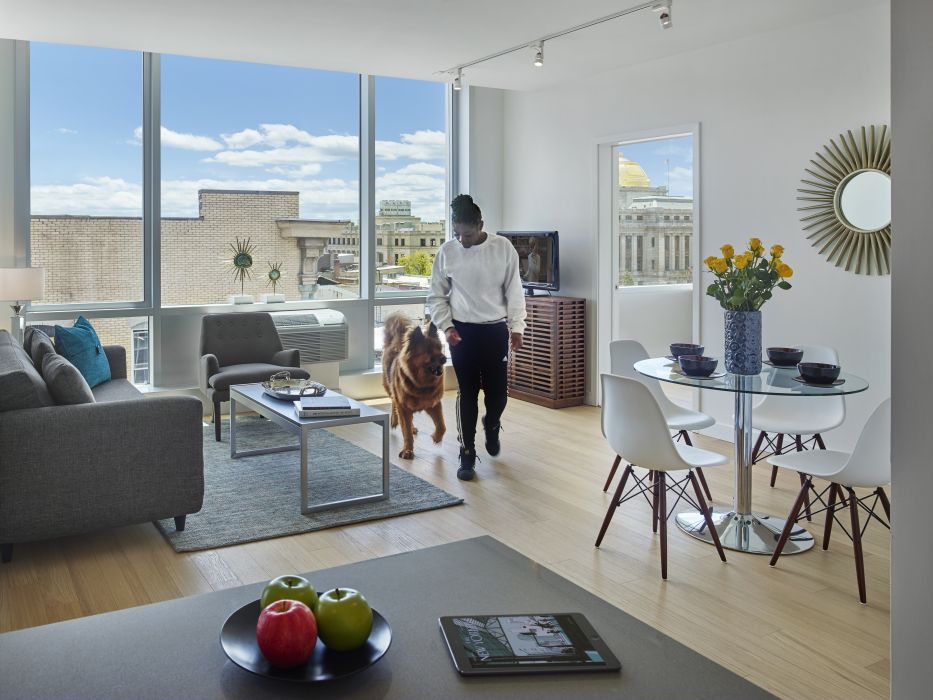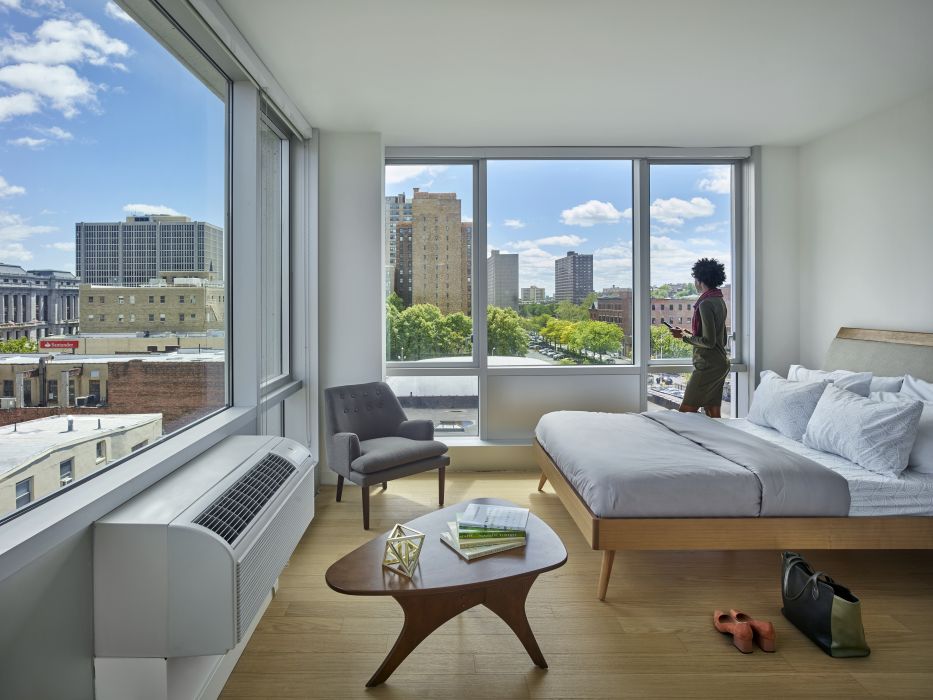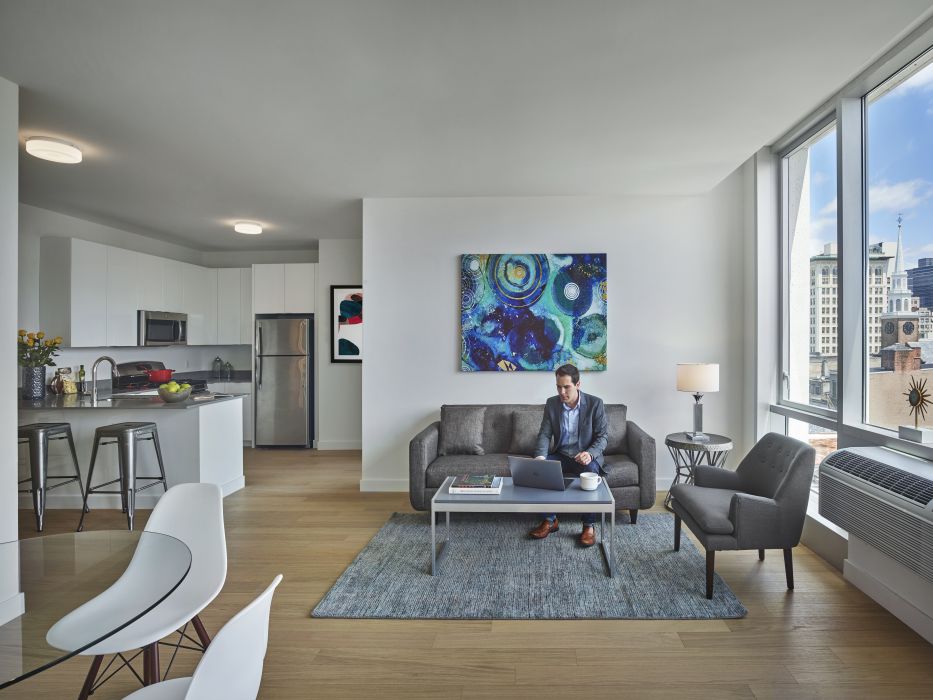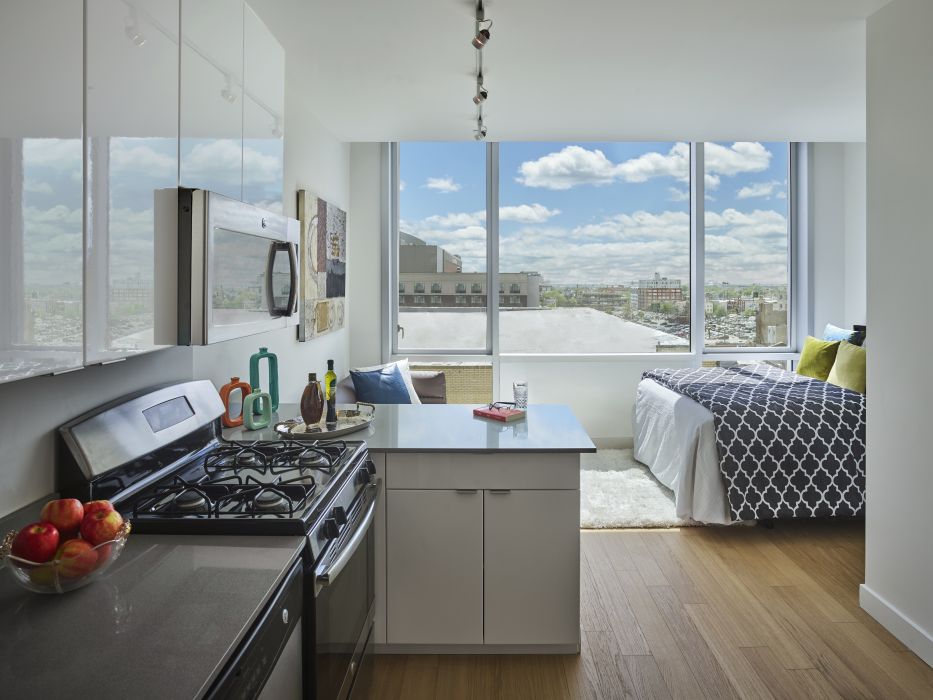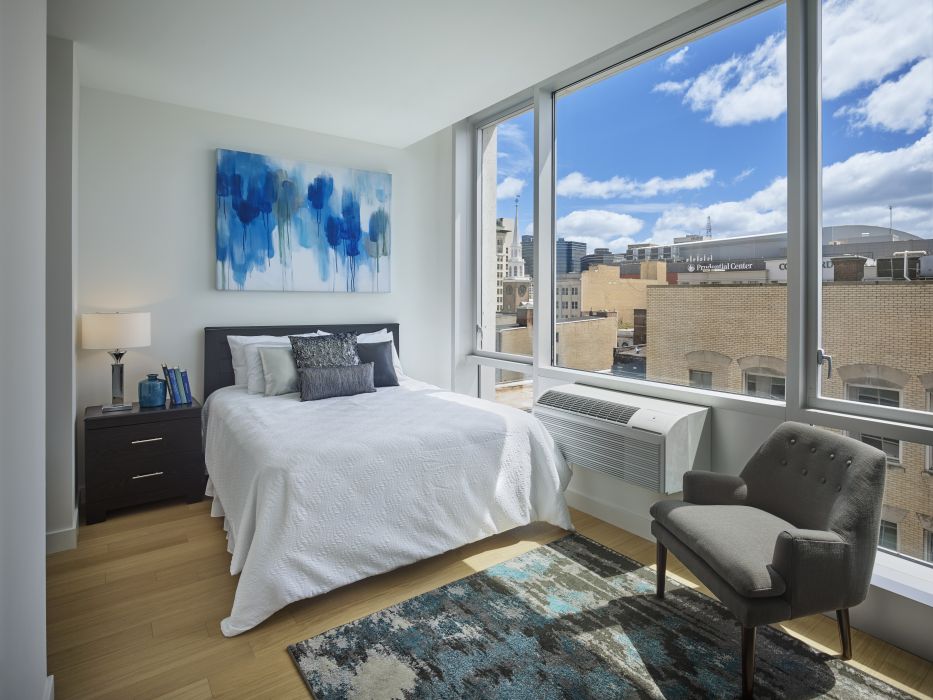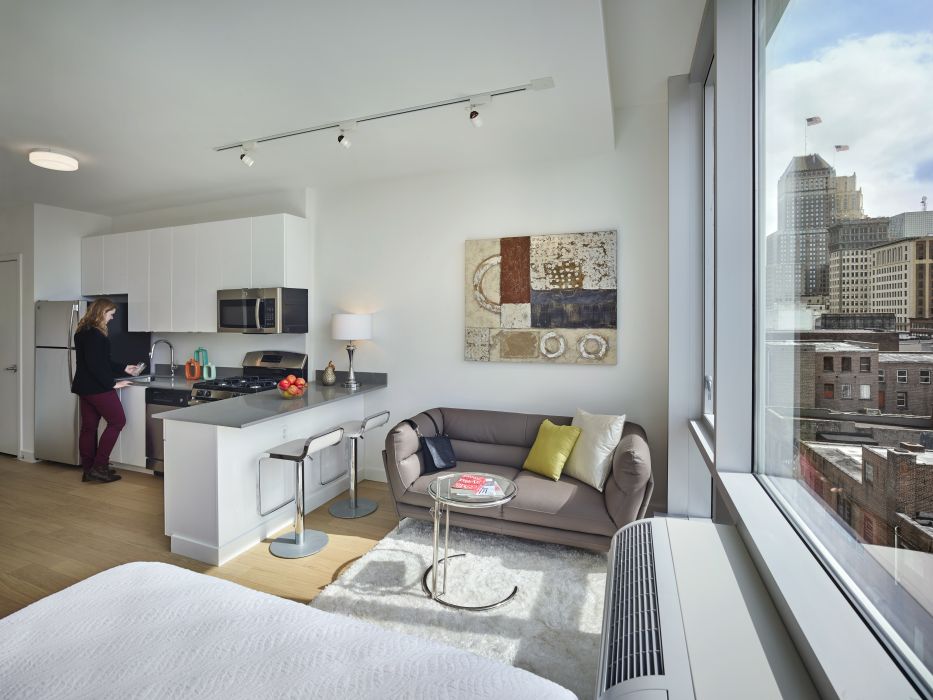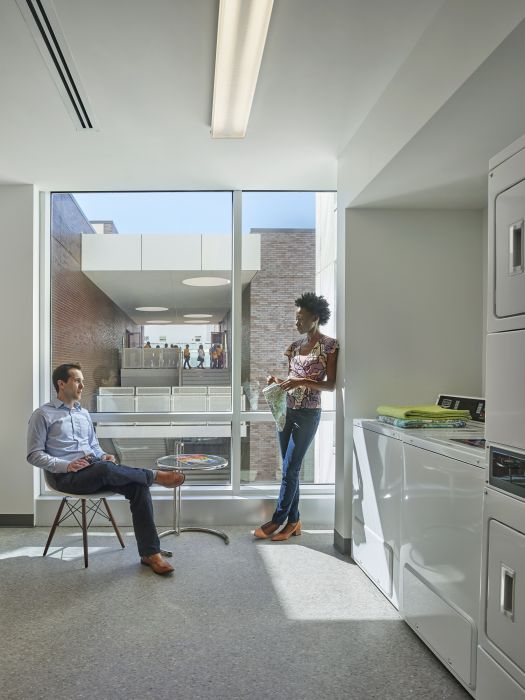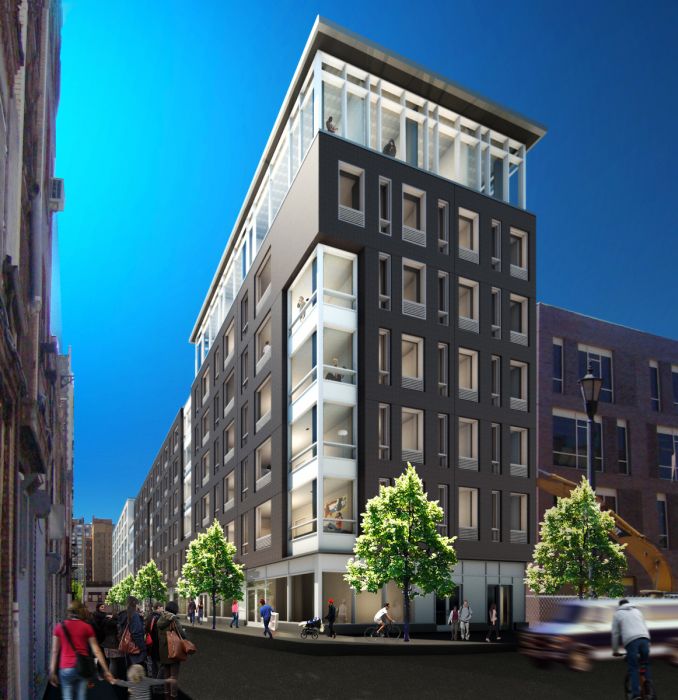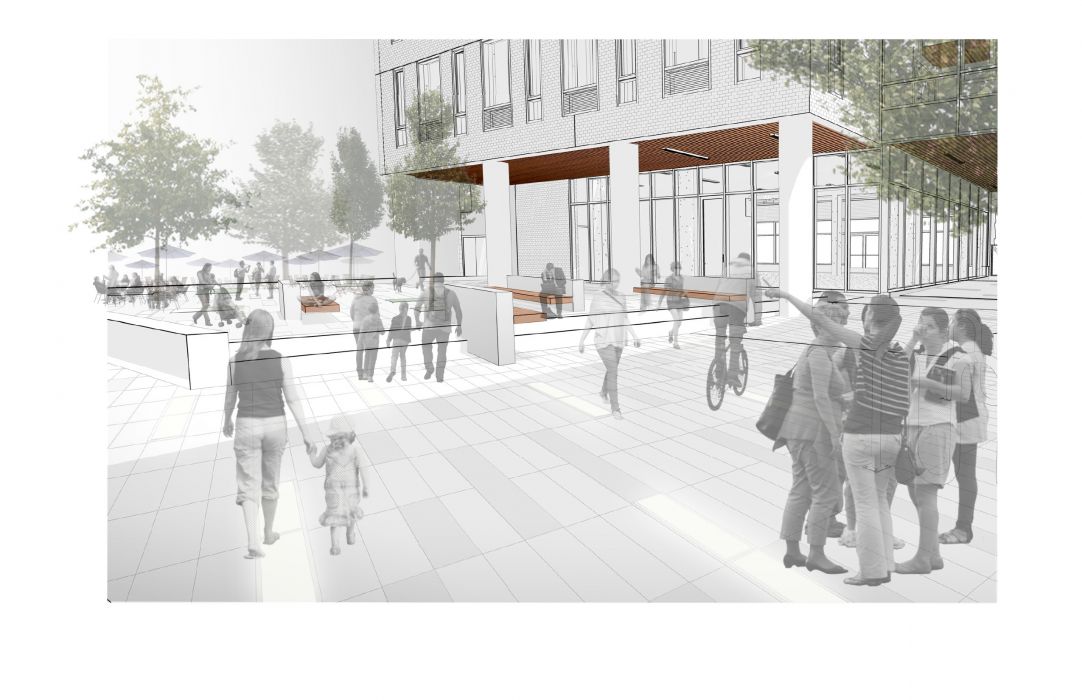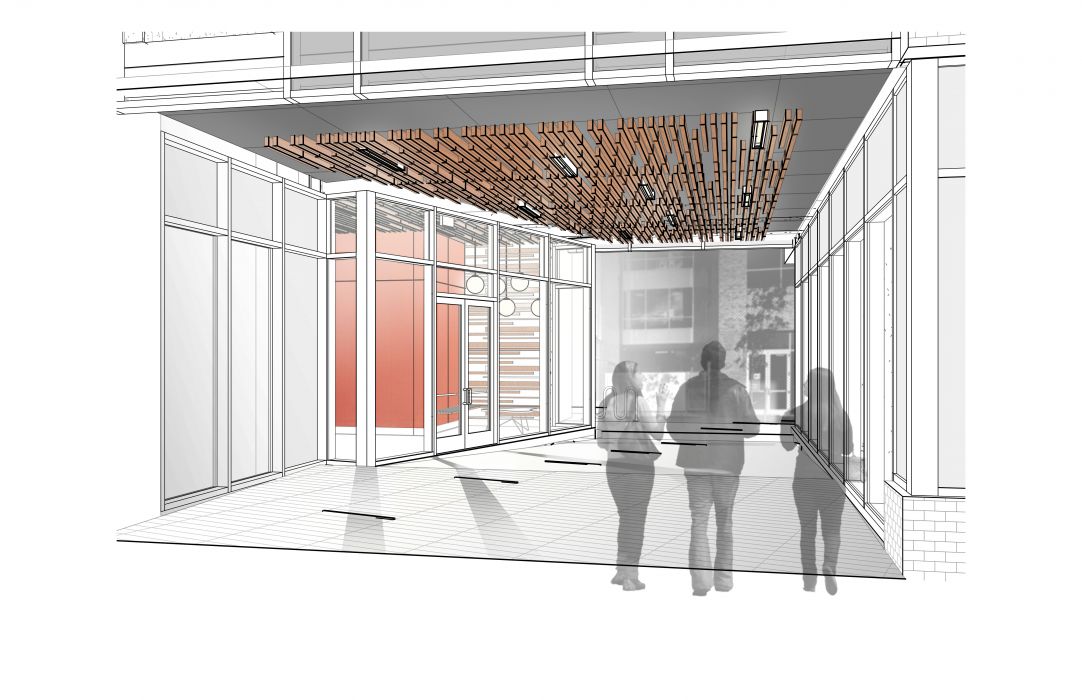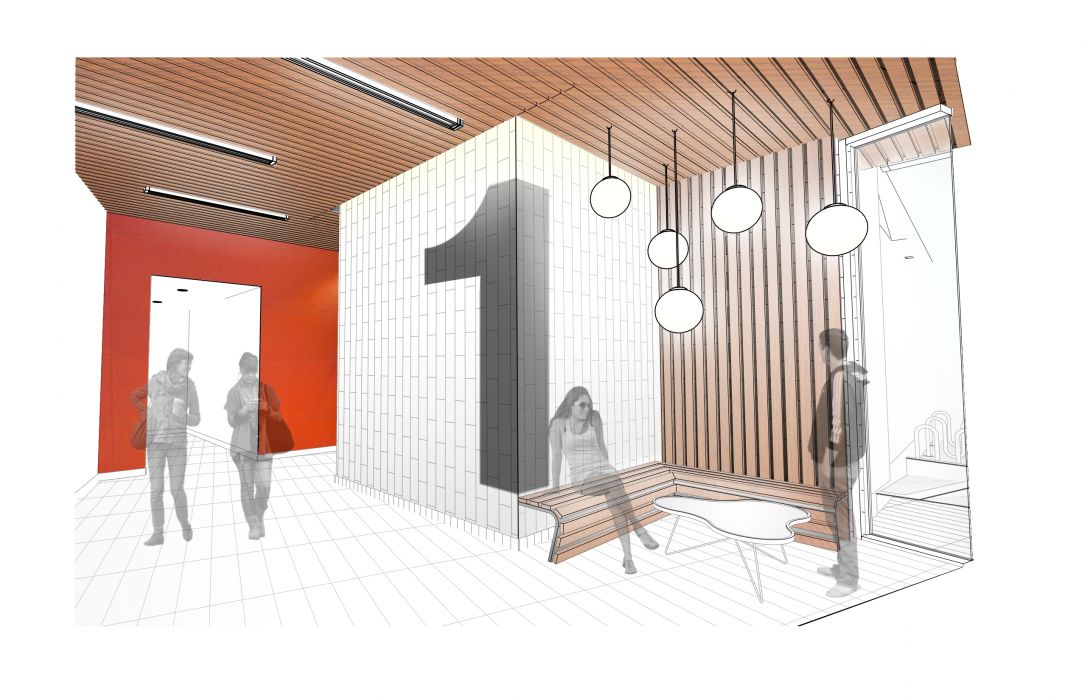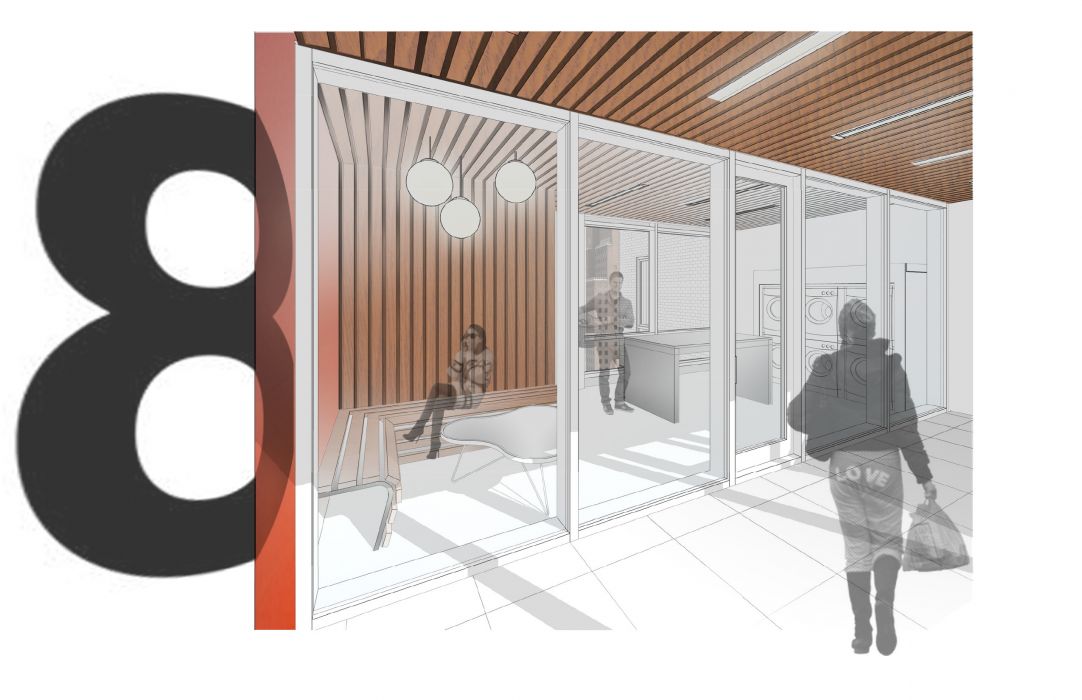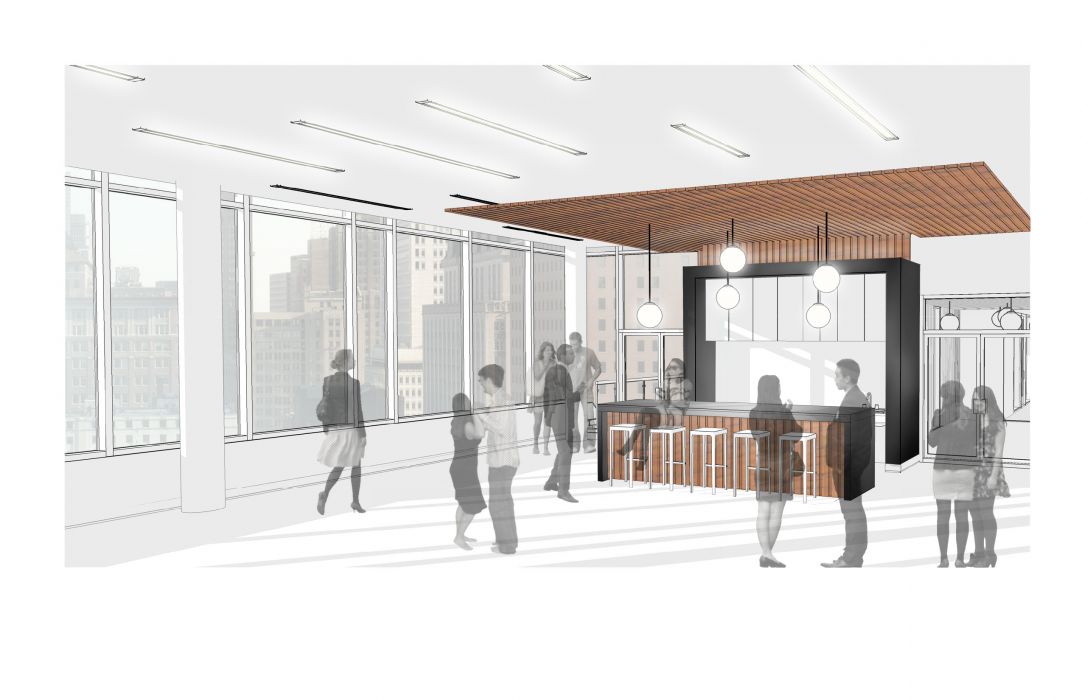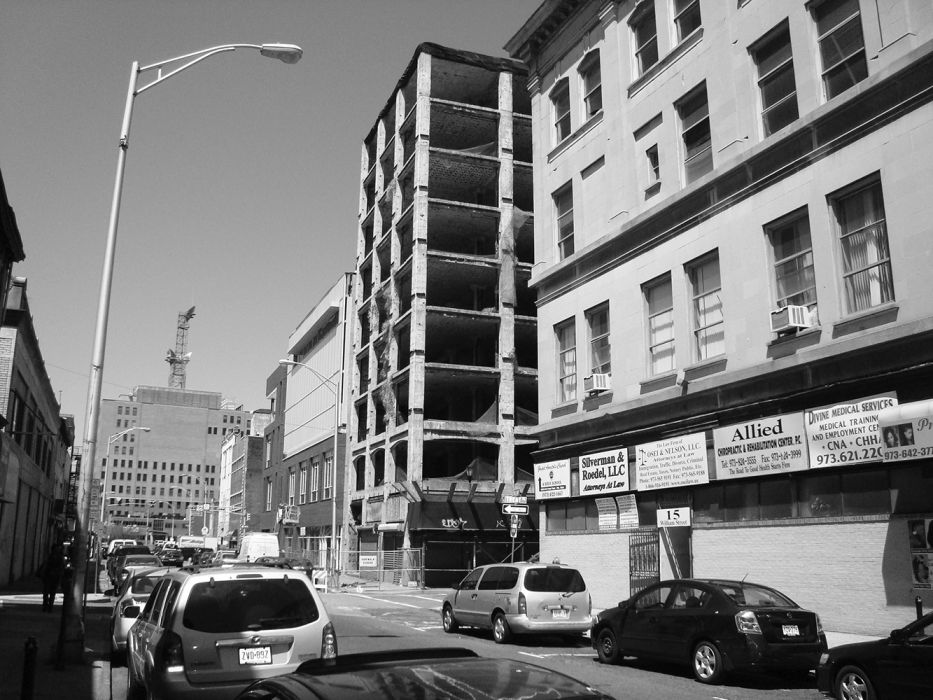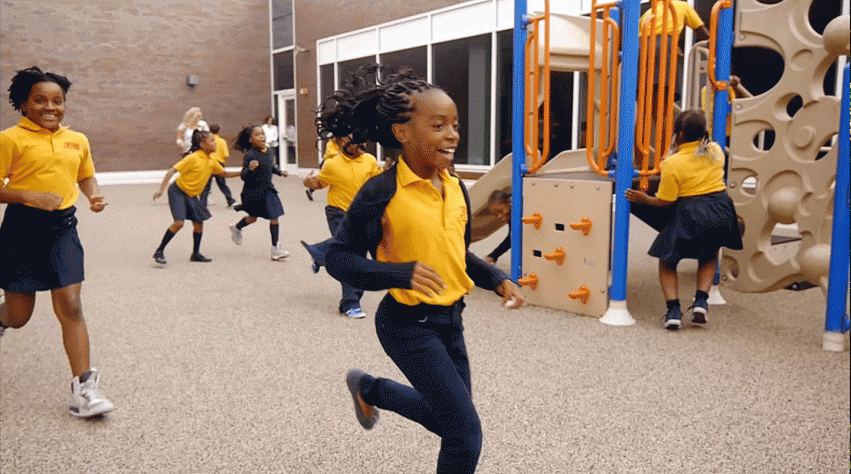RBH Group
Teachers Village Residential Tower
Newark, NJ
Teachers as Agents of Change
Can a community of education act as a catalyst for urban revitalization? Can where teachers live affect the relevance and vibrancy of a neighborhood? Without capes, masks or super-powers, the teachers of Newark, New Jersey are transforming both the broad horizon of education and the more intimate future of their community. As residents of the newly constructed Teachers Village, these educators proudly teach in the City’s public, private, and charters schools, patronize local shops and eateries, and live in purpose-built, teacher-oriented residential towers. These buildings serve as a foundation of support for the teachers—fostering an exchange of experiences and ideas, and affording the opportunity to put down roots and rise to the occasion of Newark’s urban renewal.
While the concept of charter schools has become reality, the new idea of teachers and education-based communities as purveyors of urban renaissance requires a new incarnation of a public-private partnership—such as the one developed by Ron Beit, CEO of the RBH Group, Newark. To fulfill its vision and mission, RBH—as leaders in real estate financing, development, and management services, acquired 77 different parcels of land along 11 blighted blocks of Halsey and William Streets. In a complex, virtually one-of-a-kind public-private partnership, development assistance and financial backing came from a wide variety of financial and lending institutions, individual investors, and city, state and federal governments. The project also received one of the largest residential Urban Transit Hub Tax Credit allocations in the State of New Jersey. The amalgamation of these financial arrangements resulted in the $150 million needed for the eight-building project.
The Halsey Street corridor and neighborhood, also known as an enclave for galleries and artists, is surrounded by five universities and is in close proximity to public transportation. To be ideally situated in an area conducive to creativity and higher education, RBH proposed a built solution to add re-vamped primary education to the mix—with the addition of one big, previously overlooked component—the community of teachers needed to not just sustain the schools, but to both anchor and drive the surrounding community forward.
Research conducted by The RBH Group showed that just 19 percent of Newark teachers live in the city proper; 29 percent live in the New Jersey suburbs, 19 percent live in New York City, and 10 percent live in Jersey City. But when surveyed, Newark teachers were enthusiastic about housing options with shorter commute times and proximity to restaurants, movie theaters, bars, museums, and shopping.
The proposal: Teachers Village – a mixed use educational, residential, and retail environment to include three charter schools, a private daycare center, 214 units of affordable rental housing marketed to teachers, and 65,000 sf of high quality retail in over 20 different businesses. The strategy: by investing in the needs and wants of the teachers, the teachers become invested in not just their students, but in their surrounding community as well.
Richard Meier, Newark-born and world-renowned architect, designed the community’s master plan. KSS Architects was invited to the project to lend their expertise in charter school understanding and design, utilize their experience with mixed-use properties, and share their passionate commitment to urban renewal through meaningful architecture. KSS began work on the interior of the TEAM charter school, serving students K-4, and the Discovery Charter School, serving middle school students 5th through 8th grades. Making the most of their building’s assets, these two schools, who share the building, also share a common gymnasium and exercise room which is also opened to the residential community by membership after school hours.
The Great Oaks Charter School has been specifically designed to support a curriculum of general class time in the morning followed by robust tutoring sessions in the afternoons. A multipurpose room transforms into a Tutoring Hall, complimented by a Commons Area, which is better suited for lower ratio tutor and student break-out sessions. The Chen School, providing daycare for infants, toddlers, and Pre-K students has also been specifically designed to meet the needs of an urban daycare center. Common Areas support group play and assemblies, consideration has been given to safety concerns, and a roof-top play area has been created for outdoor play in a limited footprint building. KSS has also completed design work on another residential building, which will begin construction in the near future.
Public-private partnerships, by nature of shared-goal, are also well-suited to professional-creative partnerships: a collection of individually talented people coming together to design and build not just a complex of buildings, but a community of learning, imagining, and achievement. We can conglomerate the finances and create the buildings, but it is not until the students, and their teachers, enter and use the buildings—bringing them to life, fostering community, and bringing forth change—that we can call the project a success. Success can be found in Newark’s Teachers Village.
Inspiration
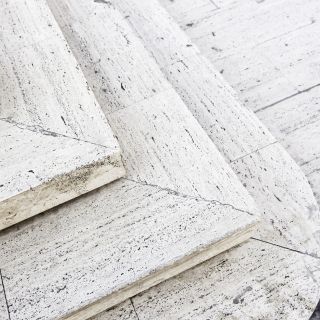
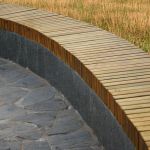

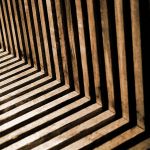
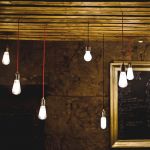

Process
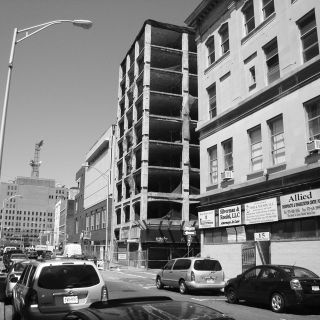
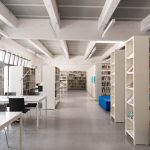
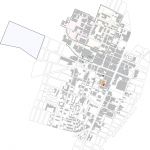

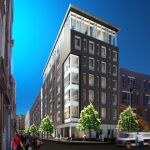
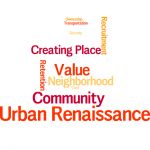
Related Projects + Content
